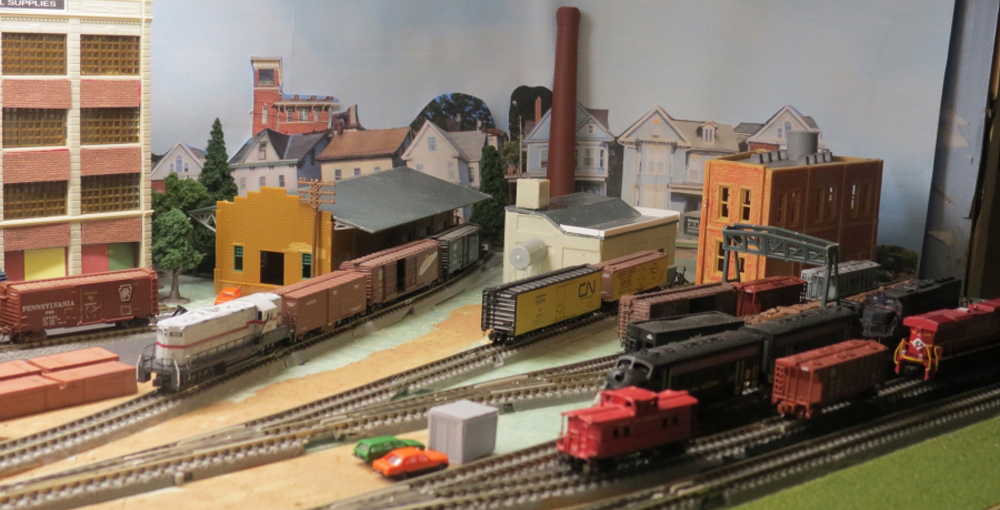
Built by Others is an article series showcasing layouts constructed by modelers using plans and projects from the pages of Model Railroader and its related products. The HO scale Winston-Salem Southbound Tar Branch layout project layout first appeared in the pages of Model Railroader in January of 2018, as well as the 2017 issue of […]
Read More…
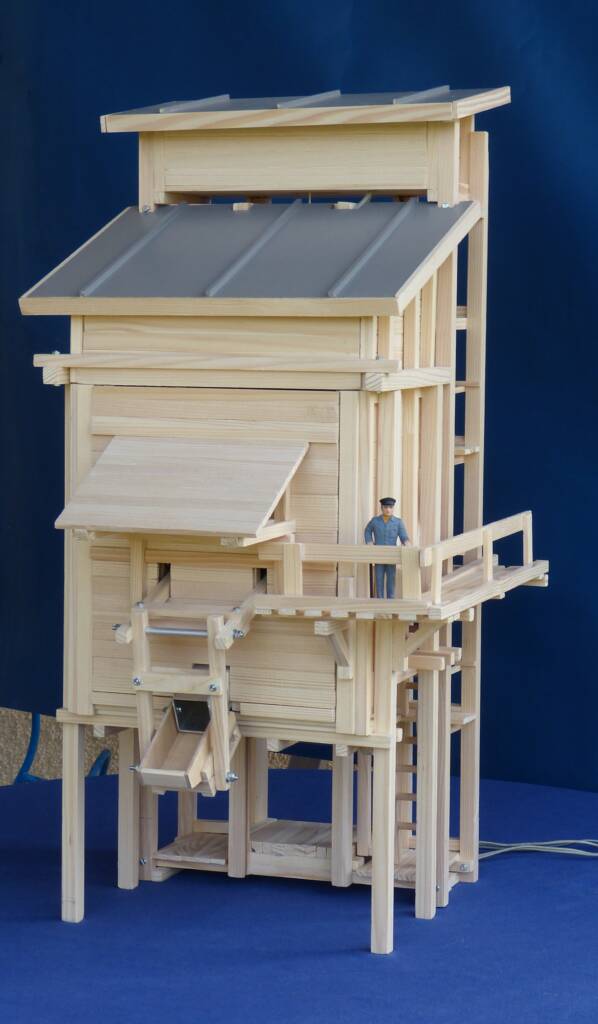
If your garden railroad is set in the steam or steam-to-diesel transition era, it’s going to need a coal tower. When I started to gather rolling stock and build my railroad in 2013, there were no commercial coal towers on the market. The only existing product was from Pola, but I couldn’t find one on […]
Read More…
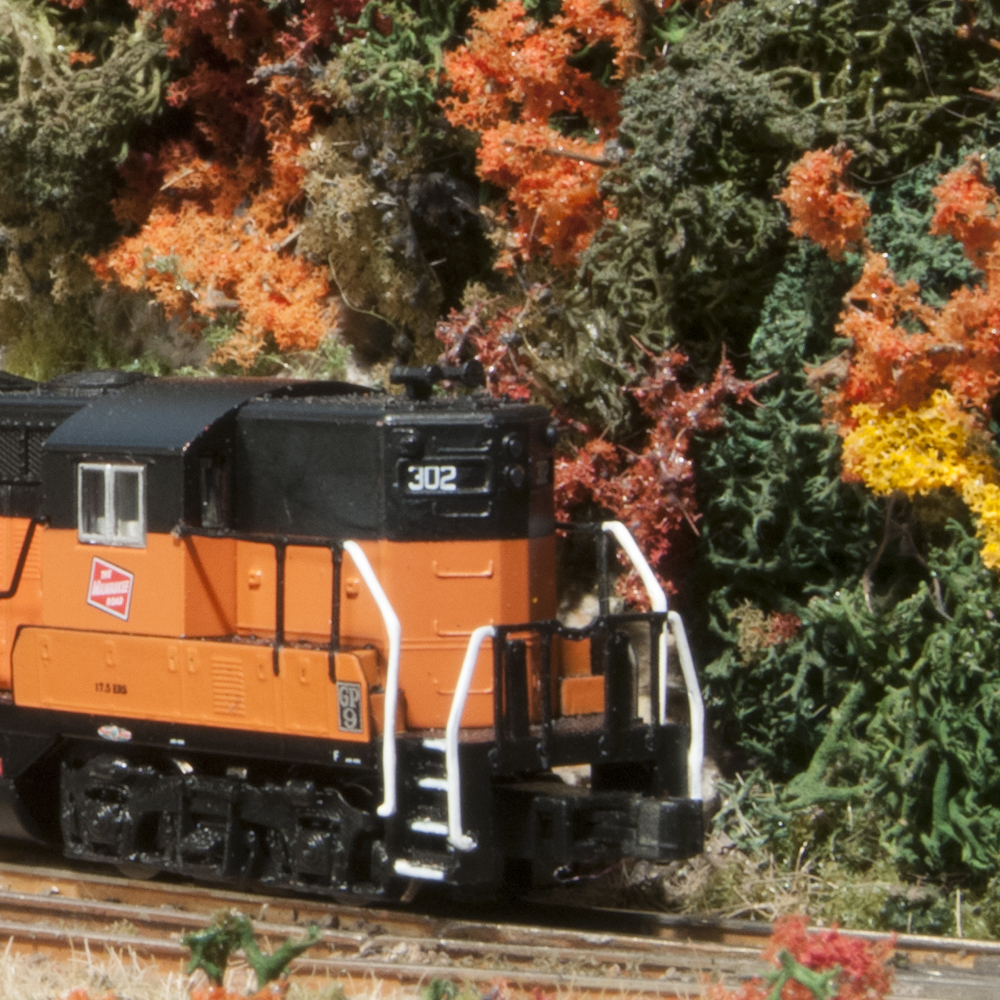
Q: I have a question regarding using lichen to simulate vegetation on a layout. My basement is clean but unfinished, so the wood floor joists overhead and the concrete walls are all visible. The basement isn’t particularly humid, but it isn’t climate controlled either. There are the occasional spiders and cobwebs, as is normal in […]
Read More…
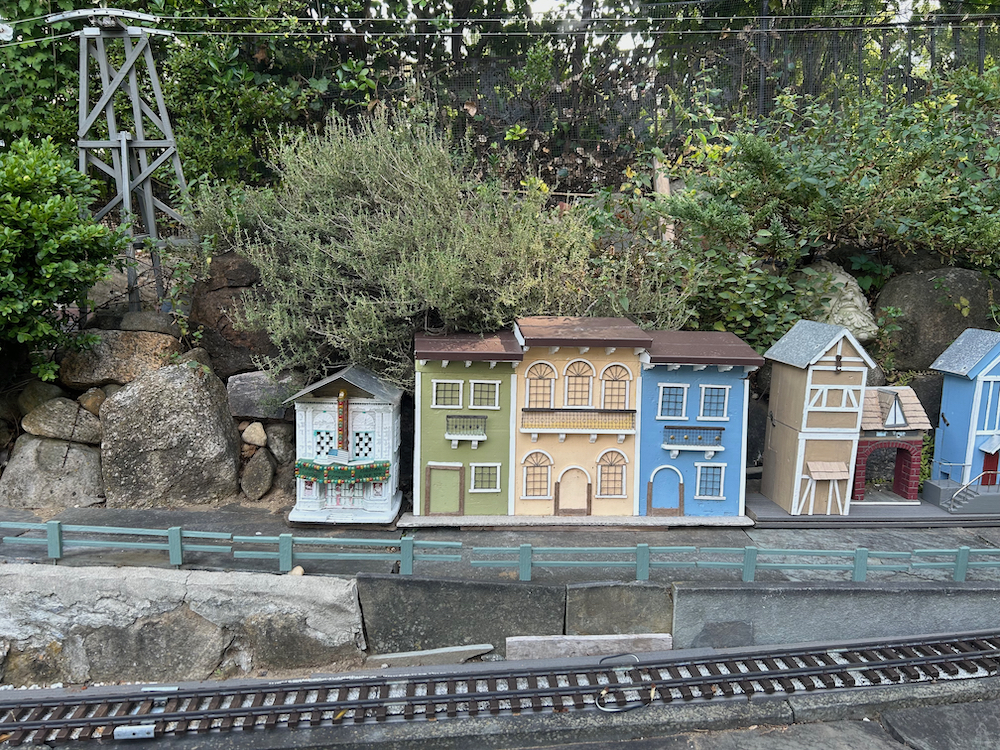
I live in the northeast region of the United States, where winters are harsh. Ice, snow storms, and heavy dampness attack structures left outdoors on the railway. While the track remains in place, I put away most of my structures during winter. I cannot put away a couple of wooden rail bumps, the fence around […]
Read More…
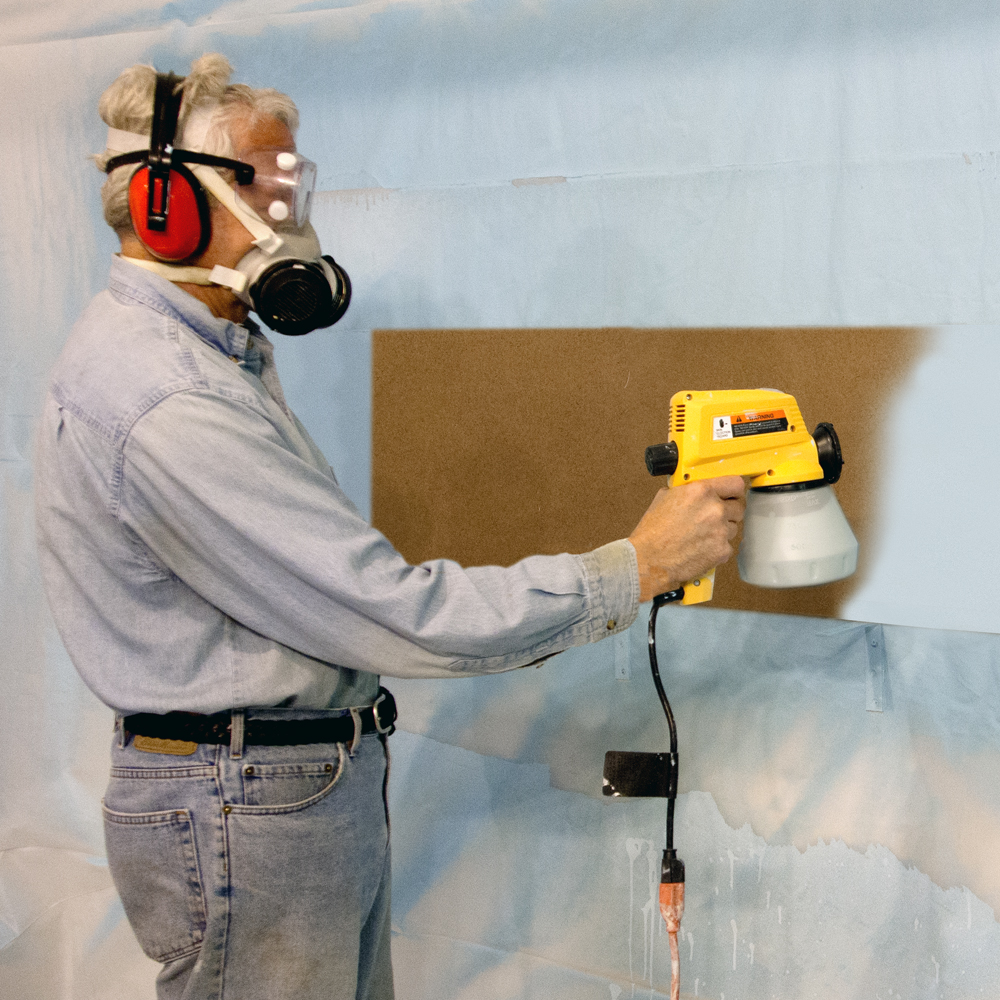
Q: My light blue-gray walls look fine to the naked eye, but not so good in photos. Are there some tried and true formulas for the major paint brands that are a reliable “sky blue” for model railroad backgrounds? — David Provost A: Model railroaders have long asked “What color is sky blue?” when painting […]
Read More…
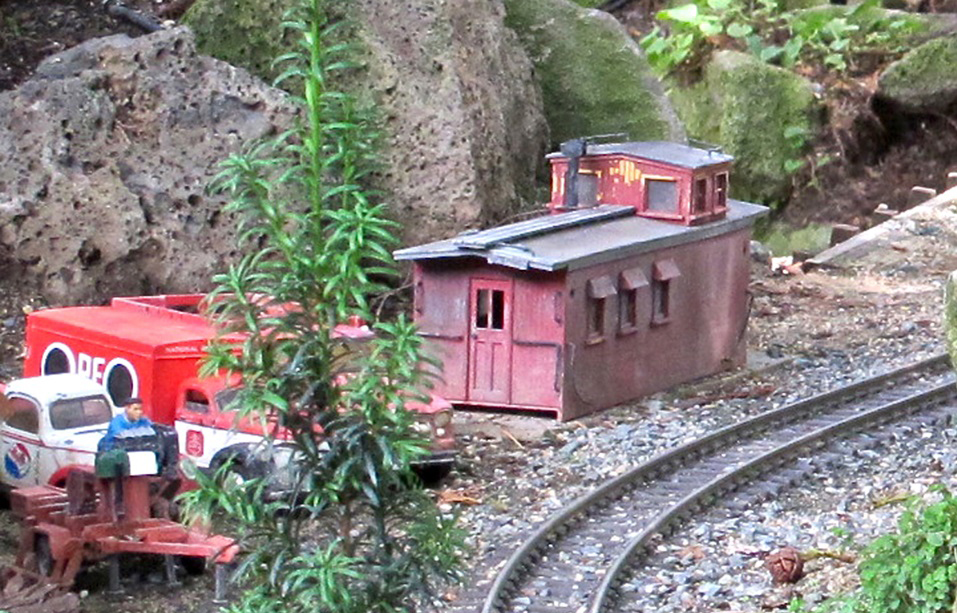
Common name: Irish yew Botanical name: Taxus baccata ‘Fastigiata’ Plant type: Dwarf conifer USDA Hardiness Zones: 6-9 Cultural needs: Well-drained soil, sun or shade Plant size: 6-8′ high x 2-3′ wide in 10 years, easily pruned Discovered in Northern Ireland in 1780, Taxus baccata ‘Fastigiata’ is an easy-to-grow evergreen conifer for railroad gardeners. Like a […]
Read More…
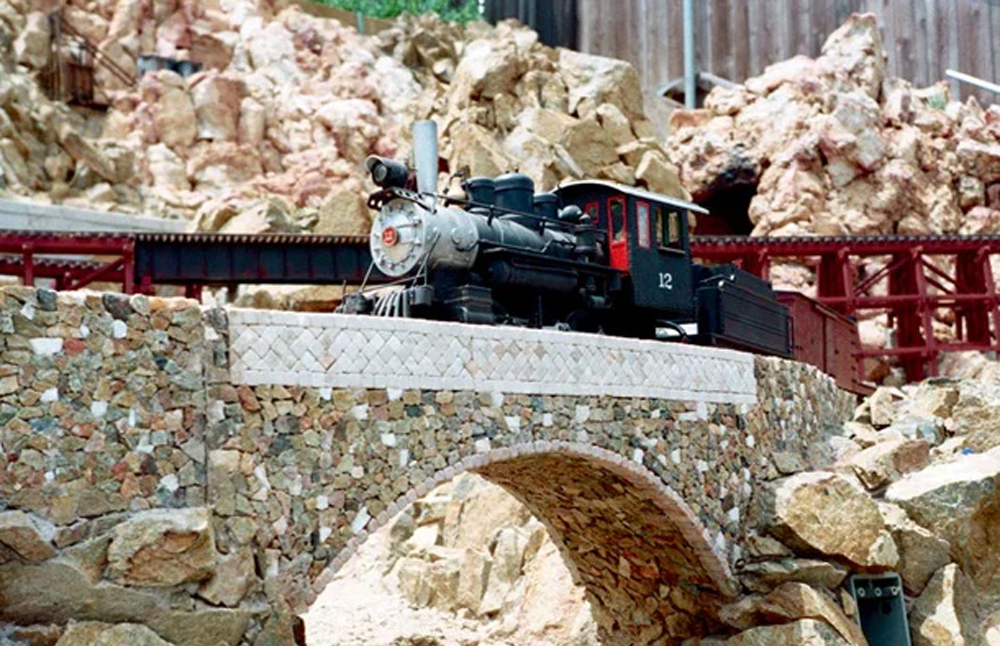
Garden railroading is a popular subsection of the model railroading hobby, and for good reason. One of the most limiting factors for building a functional track or train station is available space. Many people don’t have one or more entire rooms to spare for a model railroad layout. Garden railroading, however, takes that layout and […]
Read More…

Trainz has purchased the existing inventory and rights to manufacture the famous aluminum train display shelving from Glenn Snyder Display Systems. GSDS are a self-contained extruded aluminm display shelf available in a combination HO/S gauge, O gauge, or combination O/Standard gauge/gauge-1 sizes. Trainz will warehouse and ship the shelving from its new Oakwood, Ga. facility. […]
Read More…
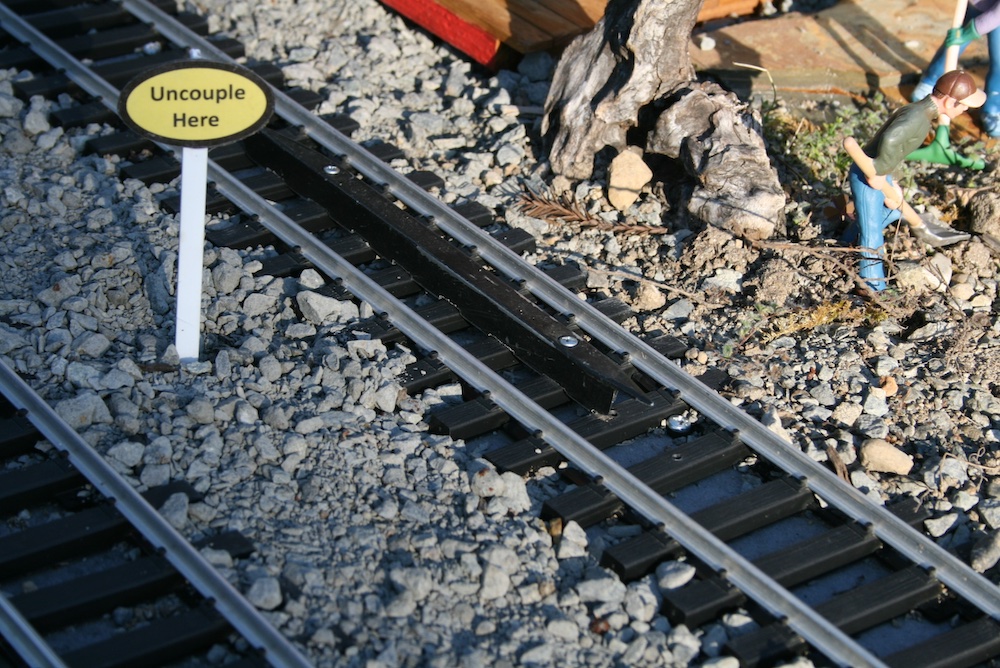
I wanted a reliable uncoupling method for my G-scale body mount Kadee couplers, with no moving parts or power requirements. I initially tried Kadee’s magnetic uncoupling system but found it wasn’t a perfect setup. It required the couplers be stopped precisely over the short magnet, and side-to-side movement of the cars due to slop in […]
Read More…
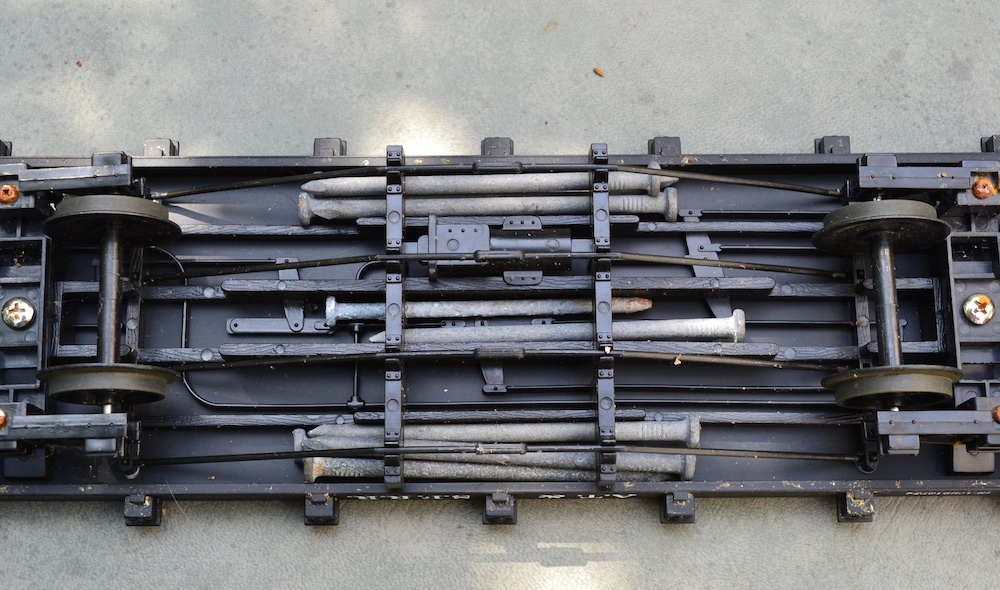
Easily add weight to flatcar I have a basic flatcar that was giving me problems. The trouble with flatcars is they don’t weigh that much and derail easier than other cars. One solution is to install metal wheels, but I didn’t want the expense plus by leaving the car outdoors I was worried about rust. […]
Read More…
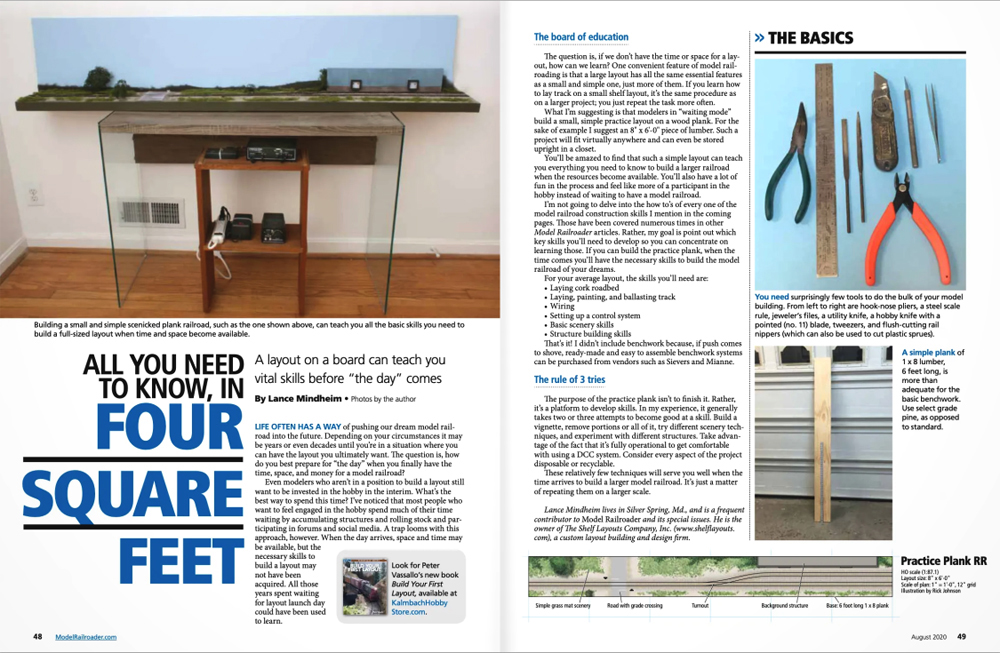
Q: I recall an article from a few years back that was about setting up a minimalist layout set on a bookshelf or board. It was intended as a quick and easy way to get started in the hobby, especially for those who don’t have a lot of space. I believe it used an NCE […]
Read More…
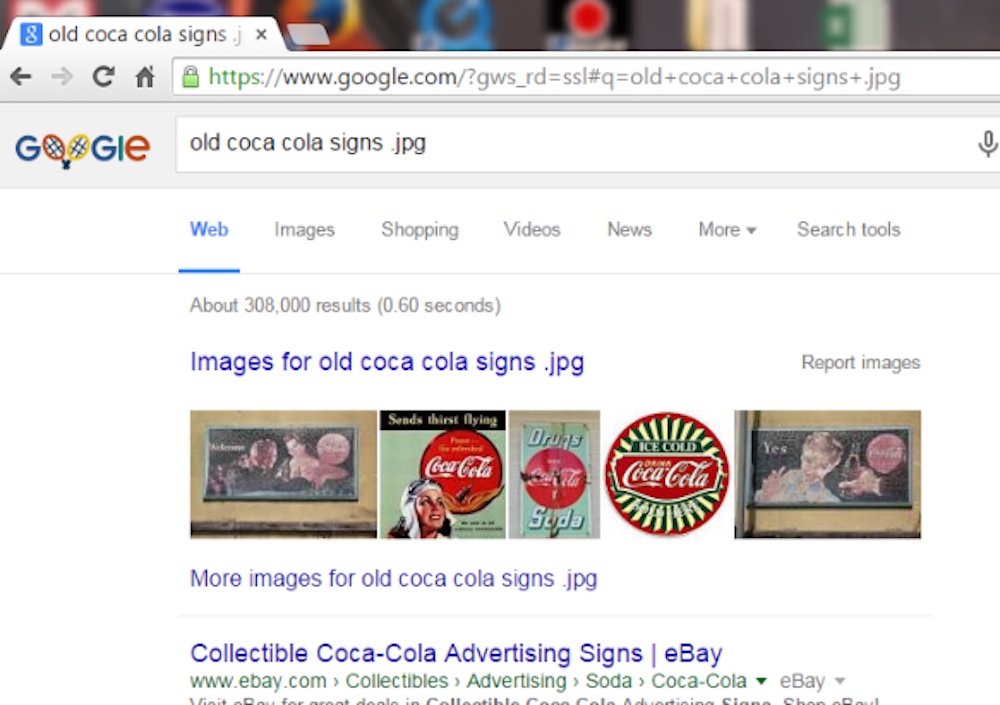
Make building signs from polyester labels: In our hobby, the little things can make a big difference. When adding buildings to our railroads, it’s details like signs that help us determine if it’s the local drug store or the donut shop. Signs also clue us in to what era the railroad is set in. I […]
Read More…












